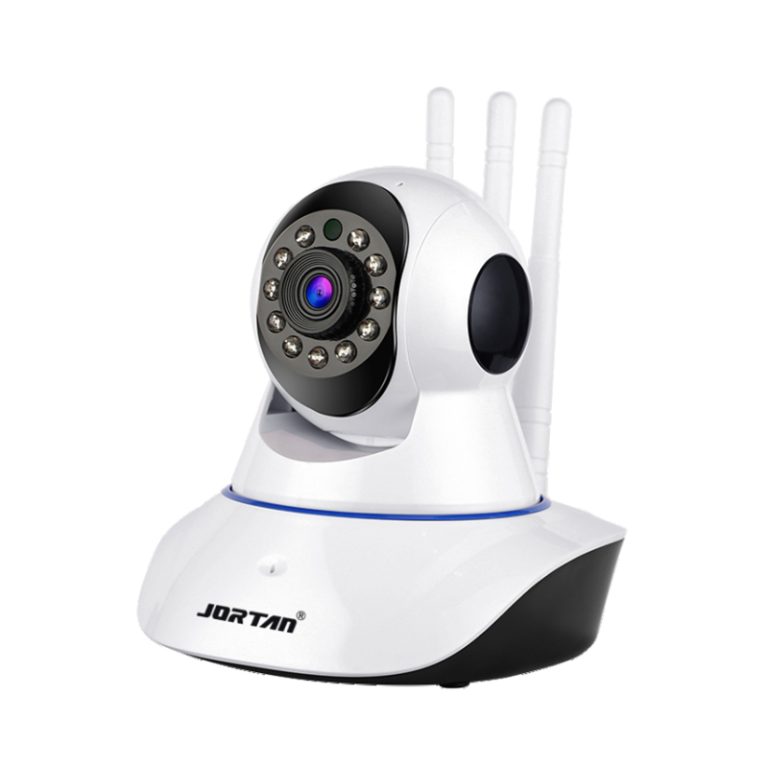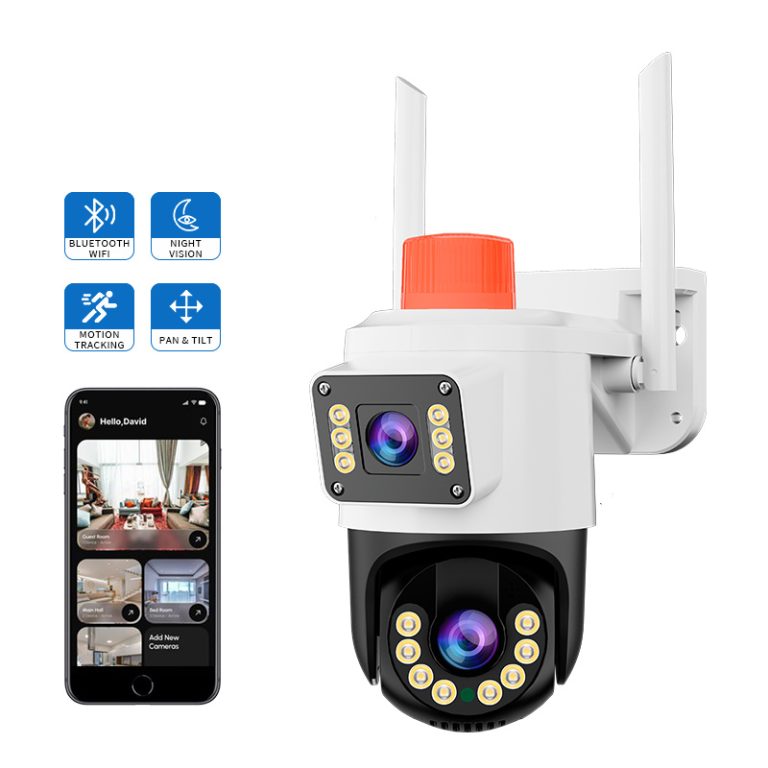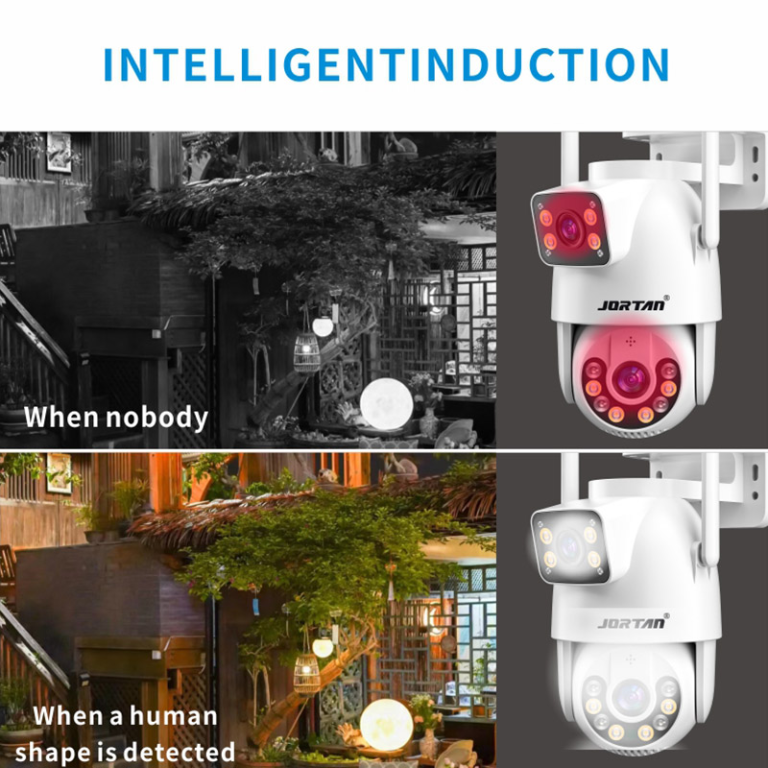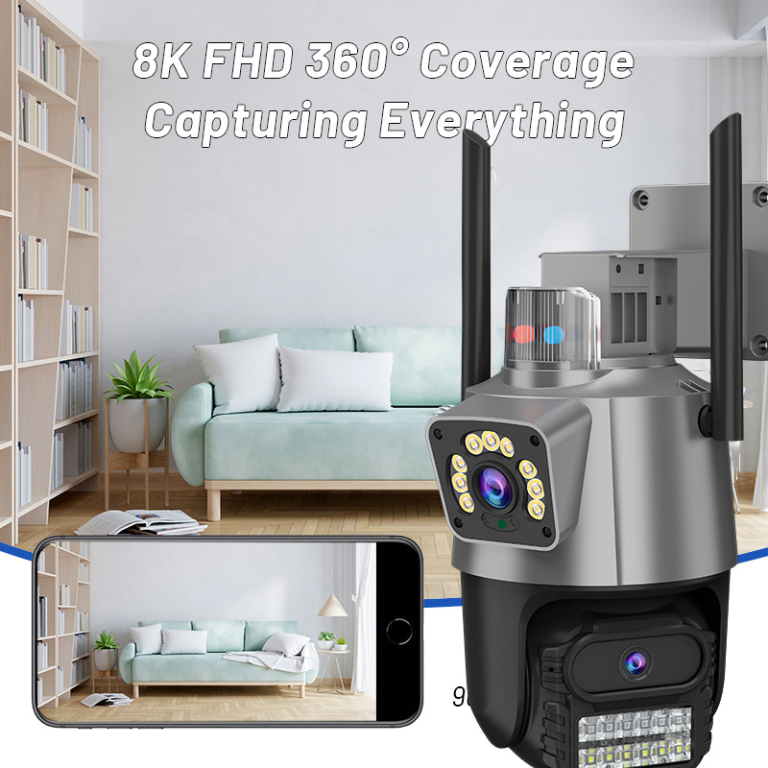WiFi CCTV cameras keep your home safe. They let you check on your property any time. But these smart gadgets can be hacked if you don’t protect them well. Risks like strangers watching your feed or stealing your data are serious. Luckily, you can lock down your cameras with easy steps. This guide shares 10 clear ways to secure your WiFi CCTV camera for home.
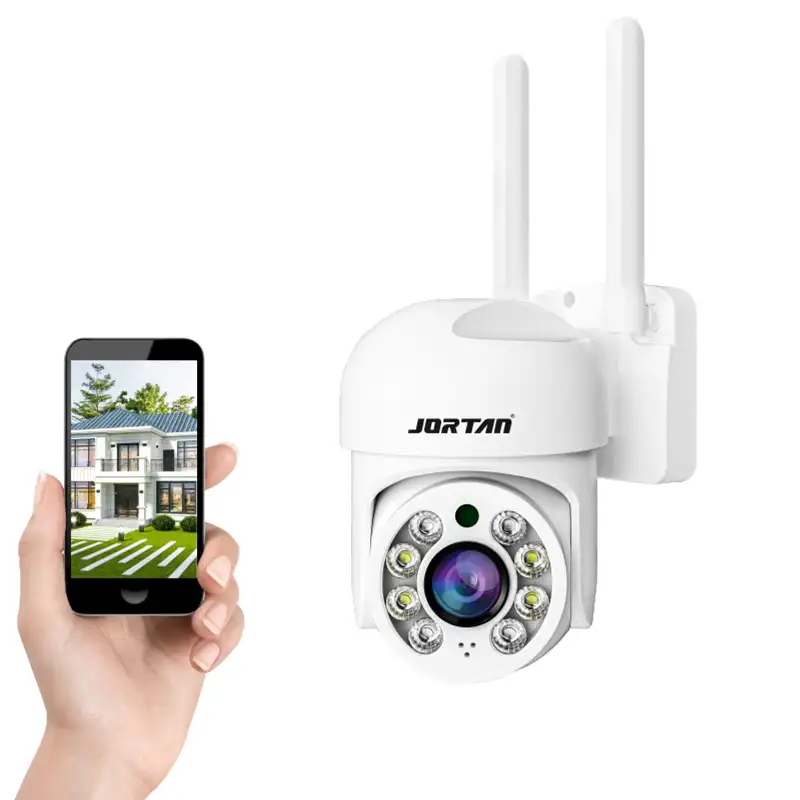
Choosing a Secure WiFi CCTV Camera for Home
Start by picking a camera with good safety features.
Features to Look for in a Secure Camera
When shopping for a WiFi CCTV camera for home, go for one with safe video sending. A wireless network camera sends video over WiFi. You need this to be protected. Choose cameras with H.265 or H.266 video compression. These make videos clear and save space. Also, look for dual-stream support and wide dynamic range. These help your camera work better. Cameras with dual-core 32-bit DSP systems and pure hard compression are extra reliable and safe.
Why Safe Video Sending Matters
Safe video sending, called encryption, stops others from seeing your camera’s feed. Pick a camera with built-in encryption. Also, make sure the company offers HTTPS login pages and safe remote access. These keep your video private and secure.
Changing Default Login Credentials
Once your camera is set up, swap out its default login info right away.
Why Default Usernames and Passwords Are Risky
Hackers love targeting devices with factory names like “admin” and weak passwords. These defaults make your camera an easy target. Never stick with default usernames or passwords. Instead, make new, strong ones.
Making Strong and Unique Passwords
Create passwords with a mix of big and small letters, numbers, and symbols. Don’t use personal stuff like your name or birthday. Also, don’t reuse passwords from other apps or devices. A password manager can help you make and store tough passwords safely.
Keeping Firmware and Software Fresh
Old software can leave your camera open to hackers.
Why Updates Are a Big Deal
Camera companies often release updates to fix weak spots. Check the maker’s website regularly for new firmware. These updates keep your camera safe from known dangers. Don’t ignore them.
Turning On Auto-Updates
Many IP cameras can update on their own. If your camera has this feature, turn it on. It keeps your system safe without extra effort. Also, keep the camera’s mobile app updated. This helps it run smoothly and stay secure.
Locking Down Your Home WiFi Network
Your camera’s safety relies on a strong WiFi network at home.
Setting a Tough Router Password and Name
Change your router’s default name (SSID) and password as soon as you set it up. Pick a unique name and a password that’s hard to guess. A strong password keeps outsiders out of your network.
Using WPA3 or WPA2 Protection
New routers use WPA3 or WPA2 to keep WiFi safe. Go to your router settings and make sure one of these is active. Older options like WEP are weak and unsafe. Stay away from them.
Turning Off WPS
Wi-Fi Protected Setup (WPS) makes connecting devices simple, but it’s risky. Hackers can use WPS to sneak into your network. Turn it off in your router settings for better safety.
Adding Two-Factor Authentication (2FA)
An extra login step makes your camera much harder to hack.
Why Extra Security Helps
With 2FA, even if someone gets your password, they need a second step, like a code sent to your phone, to get in. Turn on 2FA for your camera’s app and web portal if it’s available. It’s a solid way to stay safe.
How to Turn On 2FA for Your CCTV System
See if your camera’s app, like ICSEE APP or YOOSEE APP, offers 2FA. Many do. Go to the app’s account settings and follow the steps to set it up. It’s fast and keeps your camera locked tight.
Limiting Remote Access
Checking your camera from far away is useful, but it can create risks if not handled right.
Turning Off Remote Viewing When Not Needed
If you don’t use remote viewing, turn it off in the app or device settings. This shuts down paths hackers might use to get into your camera.
Using a VPN for Safe Remote Viewing
If you check your camera remotely a lot, set up a Virtual Private Network (VPN). A VPN keeps data between your device and home network safe. It’s like a hidden tunnel for your camera’s feed, keeping it away from internet dangers.
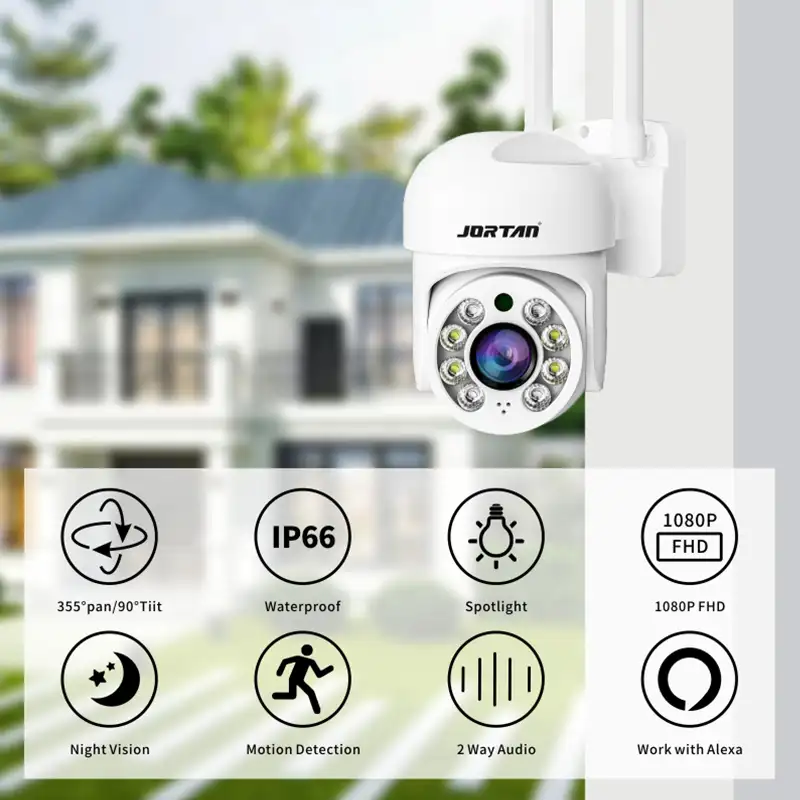
Setting Camera Privacy Options
Control who sees your camera’s feed to protect your privacy.
Deciding Who Can Watch or Control the Camera
Most smart cameras let you set roles, like admin or guest. Choose a camera that lets you pick who gets access. This way, you control who sees or manages your camera.
Giving Limited Access to Family or Guests
Share limited access with family or guests when needed. For example, let guests see the feed while you’re on vacation, but keep full control as the admin. Apps like ICSEE APP or YOOSEE APP make this simple.
Placing Cameras Smartly to Avoid Tampering
Where you put your camera matters for its safety.
Putting Cameras Out of Reach
Set cameras high up where they’re tough to reach without a ladder or tools. Outdoor cameras, like Jortan’s gun-ball linkage cameras, are strong and waterproof with an IP66 rating. They’re perfect for tricky spots.
Avoiding Blind Spots and Respecting Privacy
Place cameras at key spots, like doors or gates, to catch important action. But don’t put them in private areas, like bathrooms or bedrooms, unless it’s really needed. This keeps security and privacy in balance.
Checking Logs and Alerts Often
Watching your camera’s activity helps you catch problems early.
Looking at Logs for Weird Activity
Many cameras keep a record of who accesses the feed. Check these logs in the app or web dashboard to spot anything strange, like unknown devices. Doing this often helps you stop issues before they get big.
Setting Up Instant Alerts
Turn on push notifications in your camera’s app. These ping you right away if motion happens at odd times, like when you’re away. This is great for long trips.
Turning Off Extra Features
Cutting out unneeded features lowers your risks.
Shutting Off Audio if You Don’t Need It
If you don’t need sound, like for outdoor cameras, turn off the microphone in the settings. This protects privacy and might follow local rules about recording audio.
Choosing Local Storage Over Cloud
Cloud storage is convenient, but some prefer local storage, like TF cards or NAS drives, for privacy. If you go local, turn off cloud sync in the app settings. This keeps your footage private.
Saving Footage Safely
Losing video footage defeats the point of having a camera.
Using Safe Drives or NAS Systems
Store backups on encrypted drives that only you can access. NAS systems with RAID setups add extra safety by guarding against drive failures. Keep these in a secure place.
Planning Regular Backups
Set up weekly backups using tools that come with Monitoring Packages (DVR, NVR) from Jortan. This saves your footage automatically without extra work.
Jortan: A Trusted Name for Smart Surveillance
Jortan Electronic Technology Co., Ltd., began in 2013. It makes high-quality smart surveillance products for homes.
IP Cameras Compatible with ICSEE APP and YOOSEE APP
Jortan’s IP Cameras work with ICSEE APP and YOOSEE APP. You can monitor them on iOS or Android devices. YOOSEE APP connects easily across platforms for simple use.
Complete Monitoring Packages with DVRs and NVRs
Jortan provides full Monitoring Packages with DVRs and NVRs. These are easy to set up and come with cool features like object tracking alarms for better protection.
Solar-Powered Dual-Lens Cameras with ICSEE APP Support
For eco-friendly homes, Jortan’s Solar Camera (DUAL LENS ICSEE APP, ICSEE APP) runs on solar power. These have PIR motion detection and full-color night vision, making them great for green living.
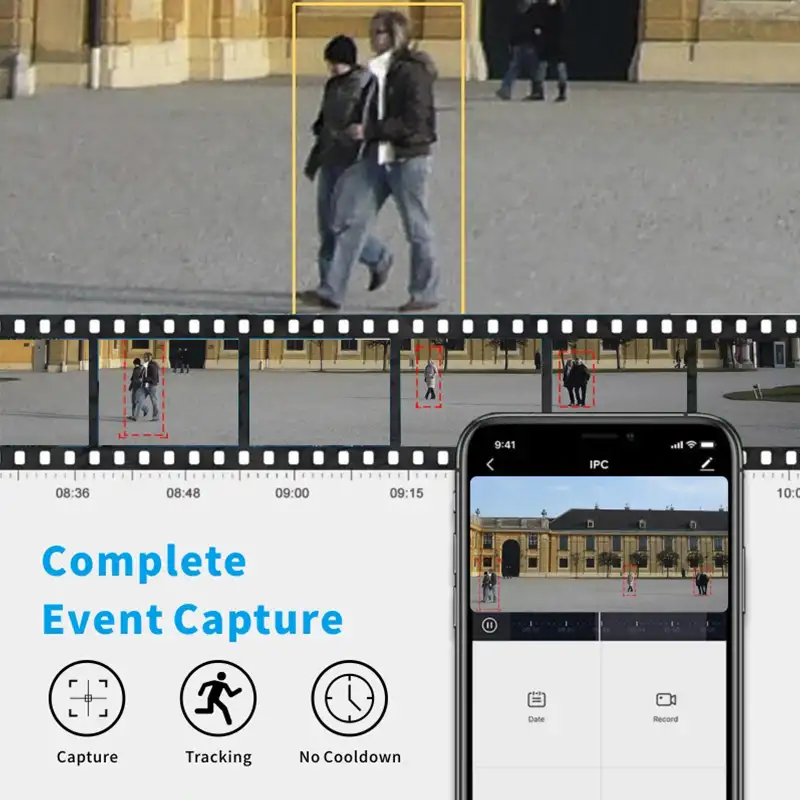
Conclusion: Making Your Home Safer
Simple steps—like changing passwords, using encryption, and choosing trusted gear from Jortan—keep your WiFi CCTV camera safe from digital and physical risks. Stay alert by checking logs, updating software, and managing who gets access. This protects your privacy and gives you peace of mind at home.
FAQs
Q1: How do I know if my WiFi CCTV camera is hacked?
A: Look for odd camera movements, strange audio (if the mic is on), unknown devices in logs, or settings changed without your okay. Check logs often using apps like ICSEE APP or YOOSEE APP.
Q2: Can I use my CCTV system without internet?
A: Yes! Jortan’s systems support local storage with TF cards up to 256GB, even offline. But you need internet for remote viewing.
Q3: Is cloud storage better than local storage?
A: Both have upsides. Cloud storage saves footage off-site but might worry some about privacy. Local encrypted drives give you full control but need protection from theft or damage.

